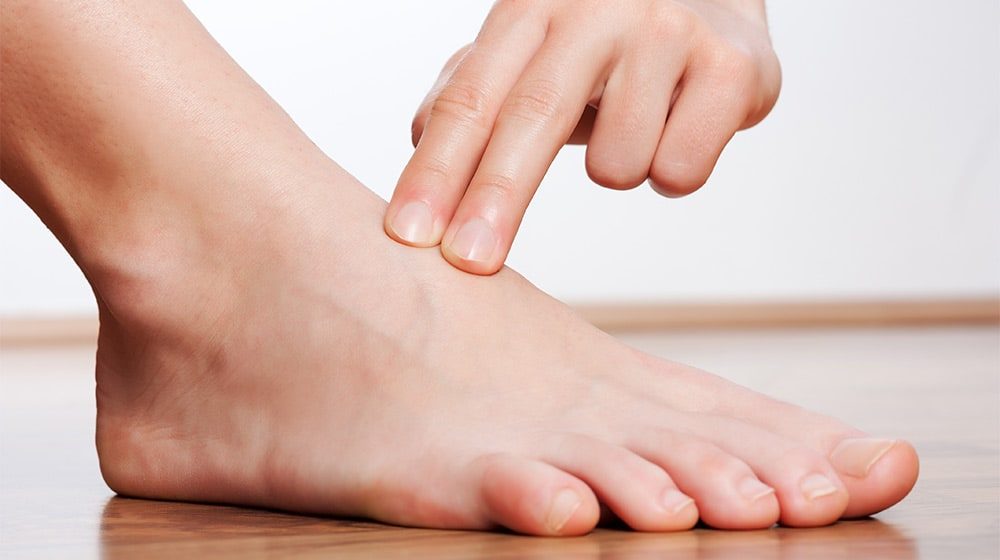
In trauma assessment, finding and verifying a pedal pulse is necessary. These actions are performed before and after placing a lower extremity splint and the immobilization of the backboard for a long time. Patients on a backboard or in a lower extremity splint should have their pedal pulse checked as part of their continuous assessment.
A thorough review of the patient’s condition will determine the proper treatment plan for the patient. Read on to learn more about pedal pulses and how to assess them.
How To Assess Pedal Pulses
Anatomy of the Pedal Pulses

The dorsalis pedis artery is a blood vessel that transports oxygenated blood to the dorsal surface of the foot. The dorsalis pedis artery runs from the anterior aspect of the ankle joint to just before the proximal portion of the first intermetatarsal gap, which connects the big and second toes. This artery serves a vital role in assessing peripheral circulation.
Why Do We Need to Check For Pedal Pulses?

Here are some situations when an assessment of pedal pulse is required:
- Trauma: Any trauma that causes a lower-limb injury requires this assessment. A circulation check should be performed before and after a splint is placed on a suspected fracture or after a hemorrhagic wound is bandaged.
- Deficit complaints: If there are any complaints from patients of numbness or tingling in a limb, it might be beneficial to assess the circulation. The absence of a pedal pulse and symptoms of pain should be investigated further.
- Incapacity to walk: Patients who cannot ambulate easily and comfortably or who experience pain in the limbs should get a circulation check.
Tips To Assess And Check Pedal Pulses

The dorsalis pedis artery can be challenging to locate. Paramedics typically use their index and middle fingers while evaluating pedal pulses. The thumb is avoided during a diagnosis since its own artery runs through the center, causing interference that can be mistaken for the patient’s pulse.
Compared to the carotid, which is bigger and closer to the heart, the pedal pulses do not require forceful pressure to identify. The harder you push, the more likely you will miss the pulses. The following guidelines may help when paramedics evaluate pedal pulses for patients:
- Remove shoes, socks, tights, and anklets out of the way to expose the patient’s skin for easier assessment.
- If the patient’s foot is not injured, reposition it to its usual anatomical position.
- The dorsalis pedis pulse and the posterior tibial pulse, which are behind and below the medial malleolus, should be checked.
- Since the skin may pulsate above the artery, it would help to visualize the dorsalis pedis. Lightly press two or more fingers against the skin if you can’t see anything. Start at the toes and work your way up to the leg until you feel the pulse.
- Switch to the other leg if you cannot identify the pedal pulse. Locating where one pulse is could help you assess the other.
- Once you’ve found a pedal pulse, mark the spot with a pen to make reassessment easy.
If you have questions about pedal pulses or any conditions discussed here, we can help.
Vascular & Interventional Specialists offers screening, diagnosis, and treatment for a wide range of vascular conditions. We specialize in vascular surgery and interventional radiology – world class procedures right here in your world.
If you’re having trouble with any of these symptoms, you can reach us at 605-217-5617. We’re here to help.
